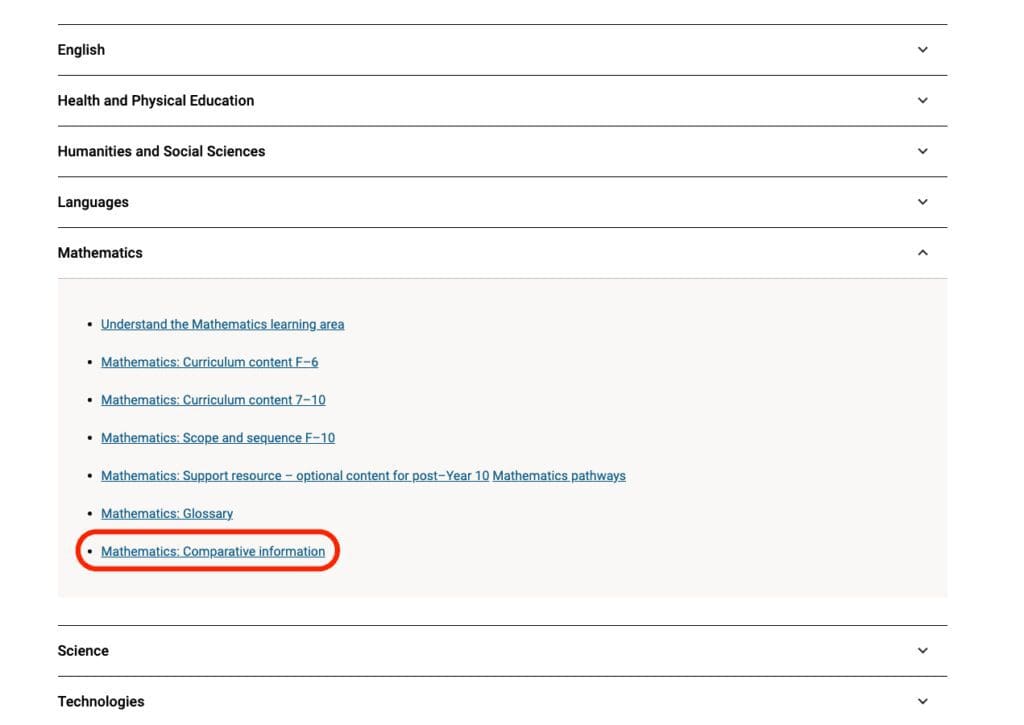The new Australian Curriculum has been released and it has caused a lot of debate. Some people say that it has been dumbed down, while others say that it is exactly what our schools need. So, what are the changes in the new curriculum? And is it really as bad as some people are saying?
Summary:
1. What are the changes in the new Australian Curriculum?
2. Are they for the better or worse?
3. How will this impact teaching in Australia?
4. What do you think of the new curriculum?
What are the changes in the new Australian Curriculum?
There are a few changes in the new Australian Curriculum. One of the biggest changes is that it has really honed in on core knowledge and skills, rather than trying to cover everything. There are some parts of the curriculum that have been greatly simplified or made more open and vague, and some that have been removed altogether.
This has prompted some criticism that the Australian Curriculum is being dumbed down, which is the opposite of what we need to be doing.

If you have been teaching the Australian Curriculum for any amount of time though, you will know that it is very difficult to get through everything. In fact, most schools (and ACARA themselves) do not expect you to get through each of the content descriptors as long as the students get through the year having met all of the Achievement Standards.
This simplification and paring down of the Australian Curriculum will mean that there is greater clarity around what the key essential elements are for students across the country, as opposed to individual schools needing to make this call.
If you go to this page on the V9 Australian Curriculum website, you will be able to download the Comparative Information document for each of the subjects that you teach. These documents have detailed information about which parts of each curriculum area are changing.

Are they for the better or worse?
Some people say that these changes are for the better, as they will allow students to develop a deeper understanding of the things that they are learning. Others say that this is a dumbing down of the curriculum, as it means that some topics will no longer be covered.
Our PISA (Programme for International Student Assessement) results put our students in a similar bracket as the US, UK, and New Zealand, however, our results have been steadily declining over the years.
Many critics of the new V9 Australian Curriculum use this as evidence that we need a more rigorous curriculum to make sure that our students are keeping up with the rest of the world.
If you’re a teacher, hopefully you will see the importance of making sure that the curriculum is accessible for all learners. By having a more sparse curriculum that is focused on core skills rather than detailed content, teachers can focus on the skills that every student needs and these students can be successful.

Another major criticism of the new V9 Australian Curriculum is that it cuts out anything about climate change. It is important to note that while this topic is not mandated at the Australian Curriculum level, that doesn’t mean that it won’t be taught.
Teachers in Australia have never only taught the Australian Curriculum; across Australia, teachers are constantly designing learning programs that are responsive to the current state of the world as well as what their students want or need to learn. By limiting the things that teachers need to do to fulfil the requirements of the mandated curriculum, it gives them more room for agency and flexibility to teach what their unique cohort of students needs to learn.
How will this impact teaching in Australia?
The new curriculum will have a big impact on teaching in Australia. Teachers will need to change the way that they teach, as they will need to focus on core knowledge and skills. This could be a challenge for some teachers, as they may not be used to teaching in this way.
This will mean keeping these core skills as the backbone of teaching and learning programs, but teachers will have a little more flexibility around the contexts in which they explore and use these skills. It also will not be entirely up to individual teachers to make these decisions; schools have always developed their own standard programs that individual teachers can then tailor to their unique students and classes.

This new version of the curriculum will gradually roll out over the next few years. The current plan is for schools to begin the transition next year, but it will take a few years for the full transition to take place. The old version of the Australian Curriculum will still be available using the same link as always until every school in Australia has successfully transitioned to the new version. This is why the V9 Australian Curriculum has an entirely different website as opposed to updating the current one.
What do you think of the new curriculum?
Do you think that the new curriculum is a dumbing down of the education system? Or do you think that it is a necessary change? I’ve clearly got the perspective of a teacher, but I would love to hear from some parents and others outside of education.
Let us know your thoughts in the comments below!





